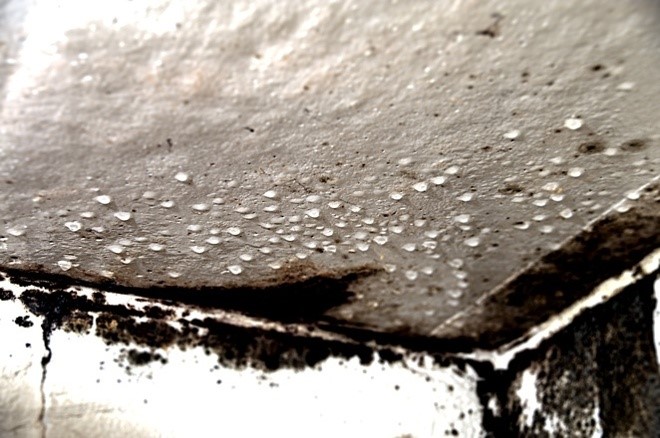Part two of a three part series
In older buildings, the facility needs to be reviewed diagnostically. By that, I mean, the structure needs to be analyzed for what may be producing a problem, and not just from what can be designed better. In other words, we need to observe the sources that contribute to the growth of mold within the aging structure.

Problem #1: Aging Pipes. Even when an area of an old building has been renovated, there may still be deteriorating pipes that are beyond their life expediency. Pipe breakage from outside the area of renovation may still cause walls, ceilings, floors and insulation to become soaked and create the environment for mold growth. Sometimes, cost-cutting efforts during renovation (ex. plastic water supply lines to sinks & toilets) could be the culprit. Replacing old lines with new copper-lines would be best in reducing chances of leaks.
Problem #2: Clogged PTAC Units. These can cause moisture build-up behind walls. Proper maintenance (probably twice a year, or more) should prevent the clogging issue that contributes to mold growth.
Problem #3: Broken Washing-machine Hoses. Most owners, to save cost, will opt for the less expensive rubber hoses. Rubber is a material, no matter how expensive the item is, deteriorates over time more than other building materials. The best solution, in my opinion would be to install the stainless steel wrapped hoses that, generally, rarely fail.
Problem #4: Deteriorated Building Envelope. Sometimes, because of poor maintenance, lack of funding to upgrade or just sloppy rehabilitation work, the building envelope can have gaps/holes to the outside that let water/moisture and air into the building. The first step to remedy the situation would be to conduct a complete inspection to detect mold and moisture that allowed the growth.


